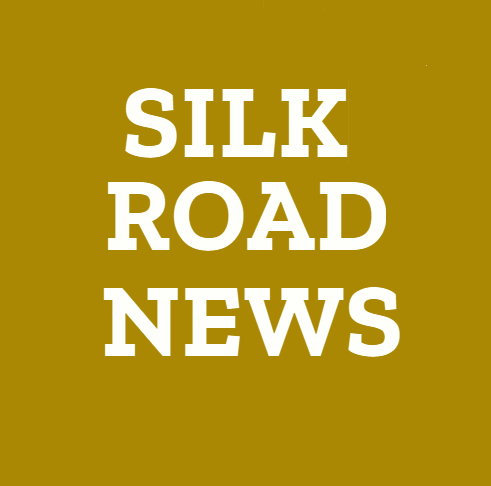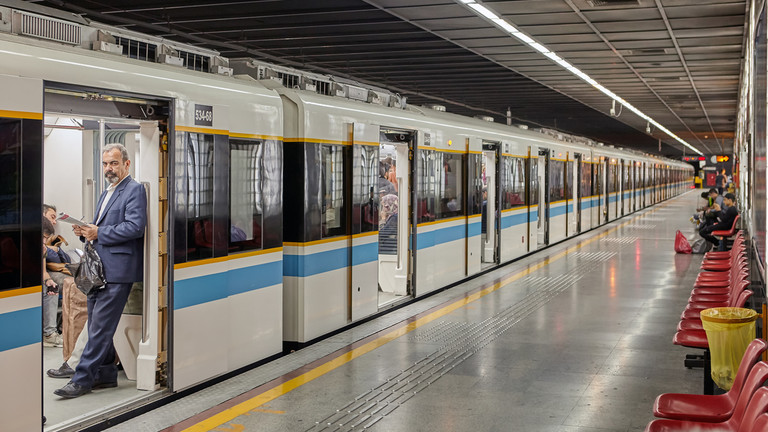As Beijing patches up the Iranian capital’s metro framework, a greater image of counter-authority comes to fruition
Last week, Masoud Dorosti, the overseeing overseer of Tehran’s clamoring metro framework, dropped a stunner: Following seven years of serious discussions, the Iranian capital is equipping to invite an incredible 791 smooth metro trains from China. It’s a move set to change the city’s travel scene, infusing new life into a framework that hasn’t seen a serious overhaul in a portion of 10 years.
However, that is not all. Tehran’s chairman, Alireza Zakani, tossed in one more expert from his sleeve last month, divulging a whirlwind of agreements inked with Chinese goliaths pointed toward giving the city’s foundation a serious facelift. From significant transportation undertakings to aggressive development adventures, China’s fingerprints may before long be all around Tehran’s metropolitan scene. Hell, they’re in any event, focusing in to raise lodging units in this rambling city of almost 9 million spirits.
For any individual who’s consistently meandered the clamoring roads of China’s megacities, the prospect of Tehran wearing a metro framework matching any of China’s level one urban communities isn’t simply an unrealistic fantasy; it’s a tempting look into what’s in store. With its smooth trains flashing through perfect stations, China’s metropolitan rail network sets the best quality level for public transportation around the world. Could Tehran, a city enclosed by global authorizations, truly surpass any semblance of New York City’s maturing tram framework?
Indeed, that wouldn’t really be that difficult – however it merits rewinding a piece.
This metro makeover isn’t simply an impromptu excursion; it’s essential for a stupendous vital organization inked back in 2016 among Iran and China, and later supported in 2021 with a 25-year plan. With an objective of $600 billion in yearly respective exchange by 2026, a rising measure of which is finished in the Chinese public cash, this settlement isn’t just about brand new trains – about manufacturing a bond runs profound, addressing all that from exchange and financial matters to transportation and then some.
At its center, the China-Iran organization is an orchestra of financial, political, and military notes, reverberating across the Center East and then some. While the US wrestles with its own inward quarrels, Beijing and Tehran are in the middle of cozying up, utilizing their muscles, and drawing the glove to Western authority in the district.
Financially, this organization is a perfect pair. China’s voracious long for energy dovetails impeccably with Iran’s huge oil and gas saves, while Tehran considers Beijing to be a life saver in the midst of mounting monetary tensions and strategic disengagement. With Western assents breathing down its neck, Iran’s hug of China isn’t simply key – it’s endurance impulse.
Past monetary ties, the China-Iran organization holds critical international ramifications, testing the customary authority of Western powers in the Center East. As China grows its presence in the locale through aggressive foundation projects and vital ventures, it tries to cut out a more prominent job in forming territorial elements, countering Western impact, and propelling its own essential advantages.
By lining up with Beijing, Tehran intends to improve its essential independence, expand its strategic and monetary organizations, and reinforce its influence on the worldwide stage, introducing a unified front against Western tension and detachment.
Be that as it may, the blossoming China-Iran union isn’t without its difficulties and intricacies. As Beijing extends its commitment with Tehran, it gambles with estranging key provincial players and getting under the skin of Western powers careful about China’s growing impact.
A lot is on the line, with Beijing’s extending impact drawing examination and doubt from all corners.
However, inside Iran itself, the way ahead is everything except smooth. There is homegrown difference, with voices like Ahmad Khorram, a previous clergyman under President Mohammad Khatami, discrediting Beijing’s infringement on neighborhood turf as an attack against Iran’s designing ability. And keeping in mind that exchange figures paint a blushing picture, with a measly $12.5 billion exchanged last year contrasted with the grand $600 billion objective, pressures stew underneath the surface.
Inconveniences don’t end there. Late quarrels about oil costs and strategic jousting in the Red Ocean allude to more profound gaps inside this growing collusion. Yet, in the midst of the choppiness, one thing stays clear: The stakes are too high to even think about overlooking. Zooming out, the international chessboard comes to fruition, with China and Iran’s essential ploy reshaping the provincial scene. A 25-year bargain endorsed in 2021 makes way for a strong new period of participation, with Beijing’s vision for provincial security and strength becoming the overwhelming focus.
However, not every person’s ready. Conventional enemies, for example, Saudi Arabia and the Bay States eye this expanding partnership mindfully, careful about the moving tides in Center Eastern legislative issues. However, even in the midst of waiting pressures, promising signs arise, with China’s job as a go between working with a defrost in Saudi-Iranian relations last year.
And afterward there’s the glaring issue at hand – the US and its band of partners, everlastingly creating a shaded area over local undertakings. As China loans some assistance in redoing Tehran’s metro, one could contemplate whether Uncle Sam is desirous given that its modest bunch of metro frameworks are rodent production lines.
The master plan is clear: at this point not the US has a restraining infrastructure on exchange, innovation, or unfamiliar direct speculation. China is now the world forerunner in worldwide framework improvement and is dominating the US in innovative work. In a little while, Washington’s authorizations will be, as Jean Dujardin’s personality depicted a summon from the US Division of Equity in ‘The Wolf of Money Road,’ papier toilette.
The assertions, perspectives and sentiments communicated in this segment are exclusively those of the creator and don’t be guaranteed to address those of RT.



